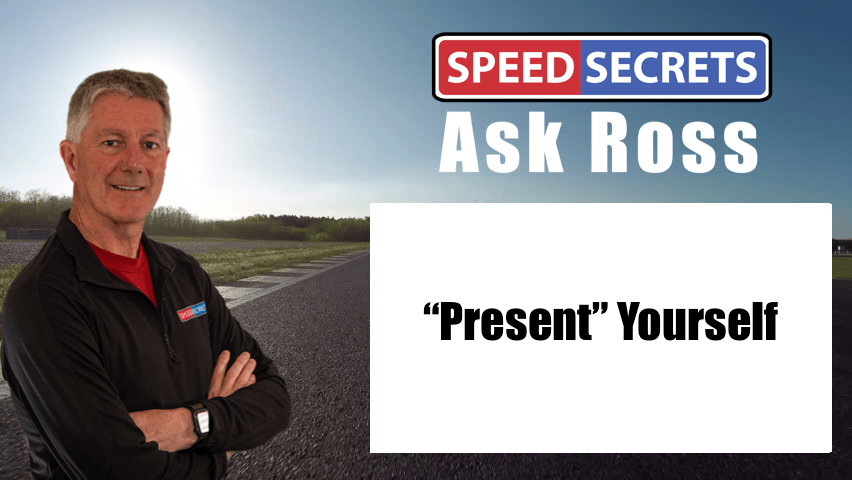 Q: “I’ve read about, and heard about, the idea that I should present myself to the car/driver I’m passing. Can you clarify what that actually means?”
Q: “I’ve read about, and heard about, the idea that I should present myself to the car/driver I’m passing. Can you clarify what that actually means?”
A: Simply, presenting yourself when passing means positioning your car where the driver of the car you’re passing sees you, and you’ve made clear your intentions to overtake them.
For example, imagine attempting a pass in the brake zone for a corner, and you’re now braking on the inside of the other car. If, by the time you’re close to the turn-in point, the nose of your car is only up to the rear tires of the other car, it’s likely that the other driver cannot see you. It’s also unclear what your intentions are. In fact, it’s like you’re indecisive because you haven’t put your car in a position where it’s clear that you’re going to pass the other car.
In this case, you haven’t presented yourself. To present yourself, you must have the nose of your car up alongside the other car, at least level with the other driverʻs shoulder, and ideally even further ahead (level with the front tires would be much better).
Another common error drivers make when out-braking another car is positioning their car further to the inside than is necessary; more than a car’s width away from your competitor puts you where it’s difficult for the other driver to see you. Of course, it also means that you’ve compromised your line through the corner as well, because you’ve made the radius of the turn tighter. Sure, it sometimes feels “safer” when you’re further to the inside because you’re farther away from the other car, but you’ve actually increased the likelihood of having contact.
Be seen, and make it clear that you’re making a pass by presenting yourself.

